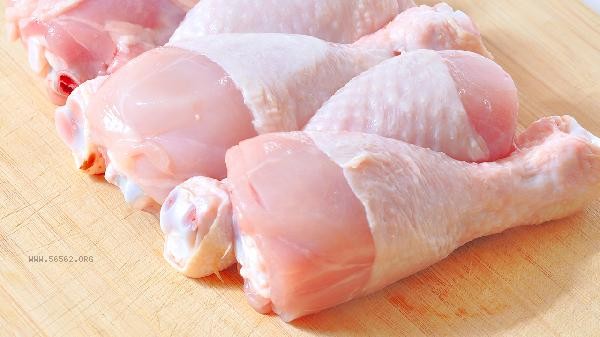Chicken is not considered a high-fat food, and its fat content varies greatly depending on the location and cooking method. The fat content of chicken breast is relatively low, while the fat content of chicken skin and leg meat is relatively high. Chicken is rich in high-quality protein, B vitamins, iron, zinc and other nutrients. Reasonable consumption can help with muscle growth and metabolic regulation. The fat distribution of chicken meat has significant regional differences. Peeled chicken breast contains only 1-2 grams of fat per 100 grams, making it a typical high protein, low-fat ingredient suitable for fitness enthusiasts and weight loss periods. Chicken wings and thighs have a high content of connective tissue, with a fat content of up to 5-8 grams, but they still belong to the moderate fat category after peeling. Chicken skin is the main site of fat accumulation, and when consumed alone, the fat content can exceed 40 grams. High temperature frying will further increase fat absorption. From the perspective of nutritional composition, unsaturated fatty acids account for over 60% of chicken fat, among which linoleic acid and oleic acid have a certain protective effect on cardiovascular health.

In special circumstances, attention should be paid to fat control. Fast food restaurant fried chicken, butter roasted chicken and other deep processed products may contain more than 15 grams of fat, and some products may also add hydrogenated vegetable oil. Traditional cooking methods such as three cup chicken and spicy chicken use a large amount of cooking oil, which may double the fat content. Obese individuals and patients with gallbladder diseases should prioritize cooking methods such as steaming and boiling, and avoid consuming animal sebum and frying oil. When purchasing prepackaged chicken products, you need to check the nutritional composition table. Some chicken intestines and chicken balls may add fat meat to improve the taste.

It is recommended to use chicken as a daily high-quality protein source, with adults consuming 300-500 grams per week. Prioritize using skinless chicken breast and leg meat, and use low oil cooking methods such as white cutting and stewing soup. Paired with high dietary fiber vegetables such as broccoli and mushrooms, it can promote fat metabolism. Special populations should adjust their intake according to nutritionists' recommendations and avoid consuming high cholesterol foods such as animal organs and cream with meals.









Comments (0)
Leave a Comment
No comments yet
Be the first to share your thoughts!